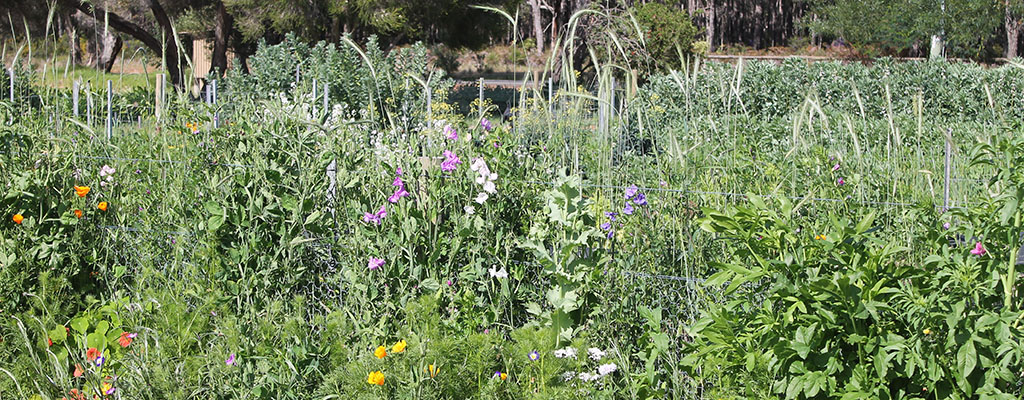It’s been a long, cold, wet Djilba and while it doesn’t feel like it at times, I think we can now safely say, Kambarang is underway. For those that sniff and sneeze with the pollen release at this time of year, there’s been some relief from dust settling, late season rain events that seemingly keep on coming.
It was great to get our gardening workshops underway recently. After spending the last couple of years preparing for the day that residents start living and gardening here, it was very rewarding to share some of what we have on offer to help Ecovillagers with their gardening endeavours. What’s obvious is that everyone is itching to get growing and it won’t be long now before there’s lots of activity in this department. I’ve thoroughly enjoyed the opportunity I’ve had to spend the time getting ready, but it’s going to be so much better when there’s a community to do it with.
This brings me to the topic of diversity. Looking to nature, it’s plain to see that diversity is the modus operandi. Every living thing gets on in association with a whole lot of other different living things. Even within the same species there’s much variation, which is further accentuated by expression that’s shaped by the surrounding living environment. The fact that sexual as opposed to asexual reproduction has become the predominant means of passing on genes and culture is testament to the resilience associated with more variety. A greater range of options on hand essentially means there are more traits to call on in varying circumstances. Regardless of how successful any one strategy is, when we put all our eggs in one basket so to speak, things tend to eventually come unstuck.
In the growing of food, it’s good to remember, plant diversity supports microbial diversity and it is this that underpins soil function in terms of structure, infiltration and storage of water, nutrient acquisition and cycling, carbon sequestration, buffering and resistance to pests and diseases. Above ground, healthy plant communities support a broad range of insects, spiders, birds, and of course, animals and people.
No doubt, diversity comes with its challenges and things don’t always go smoothly, but ultimately we all depend on each other and there is much to be gained by learning to work with our differences. Where would one rather be than amongst a mixture of people, creating an assortment of gardens, full of plants, animals and microbes and celebrating the diversity that is, after all, the spice of life.

